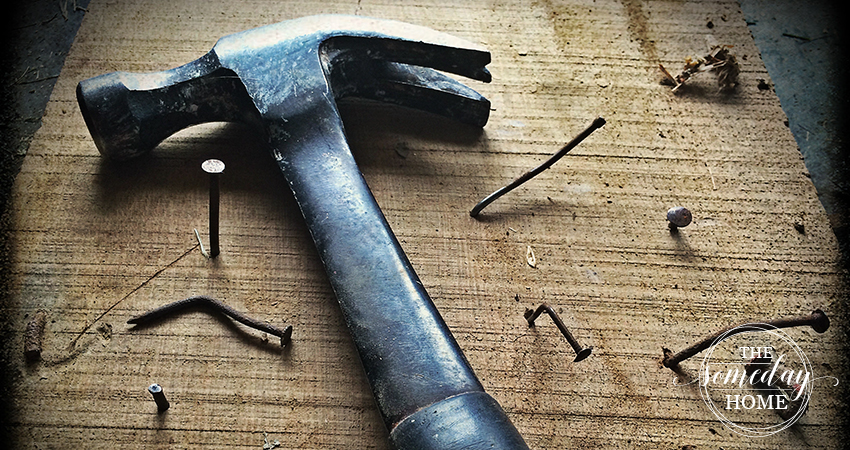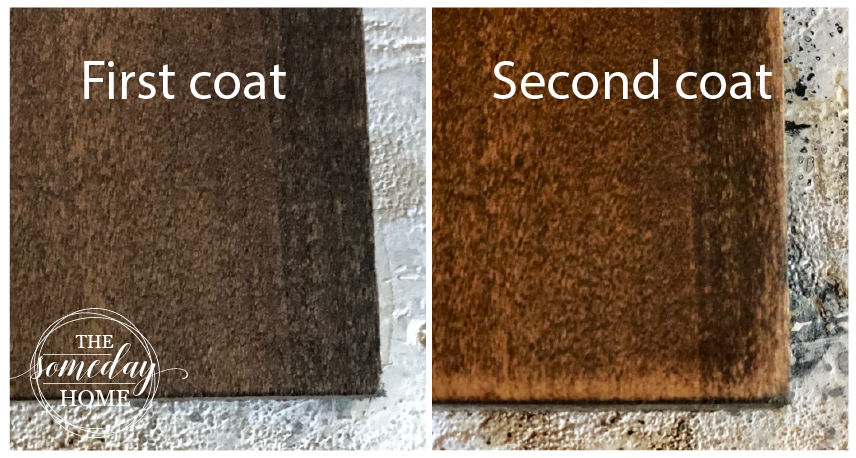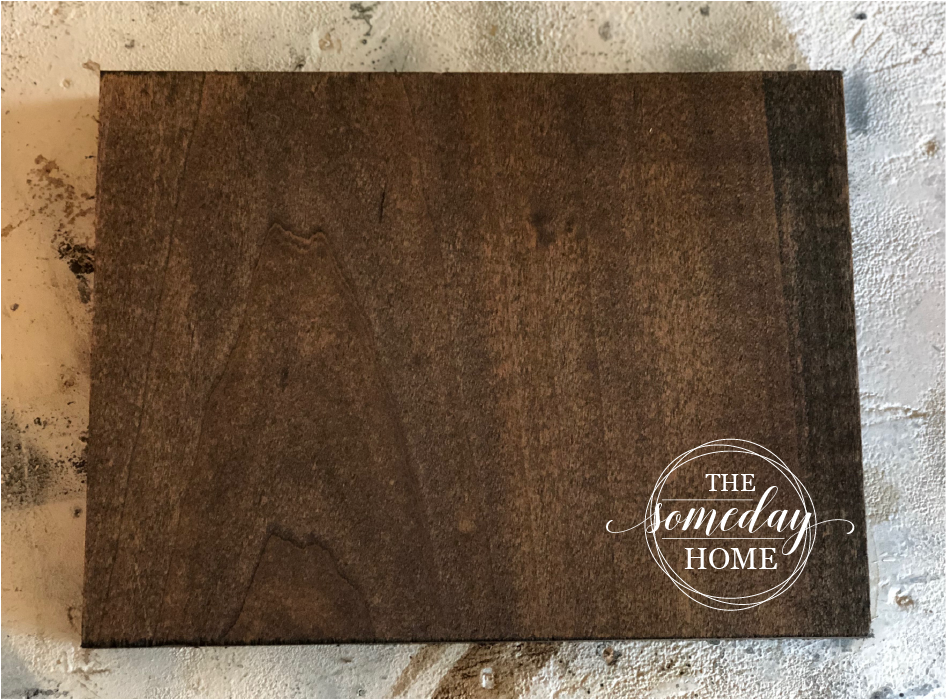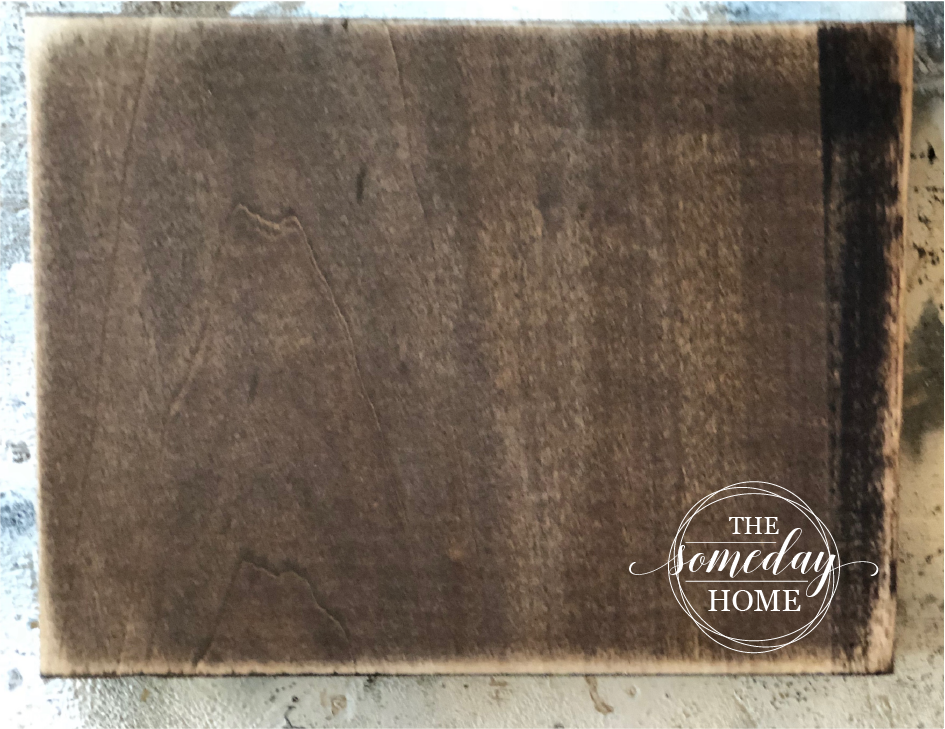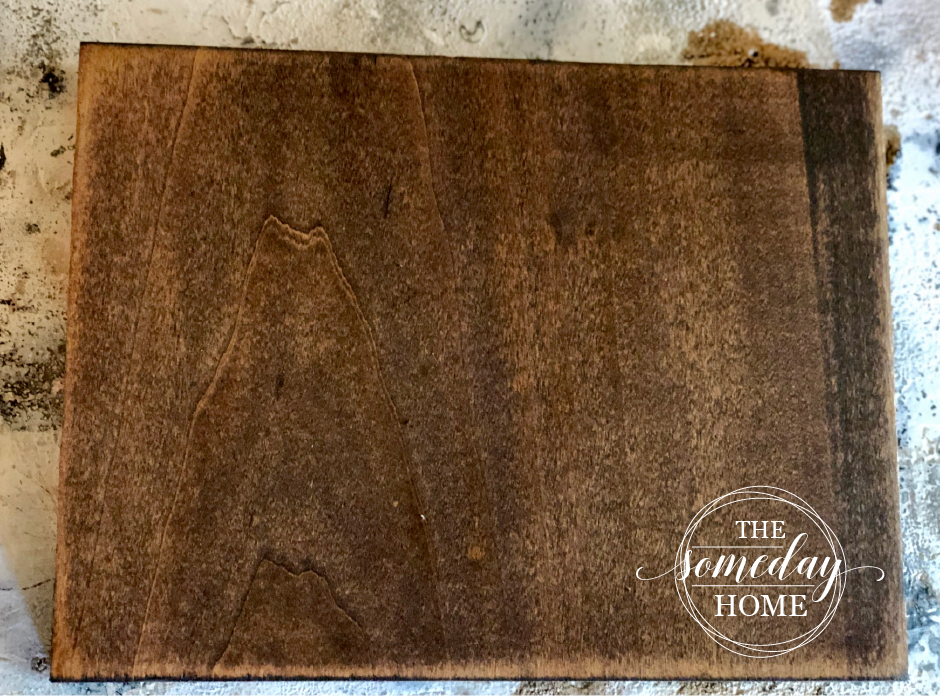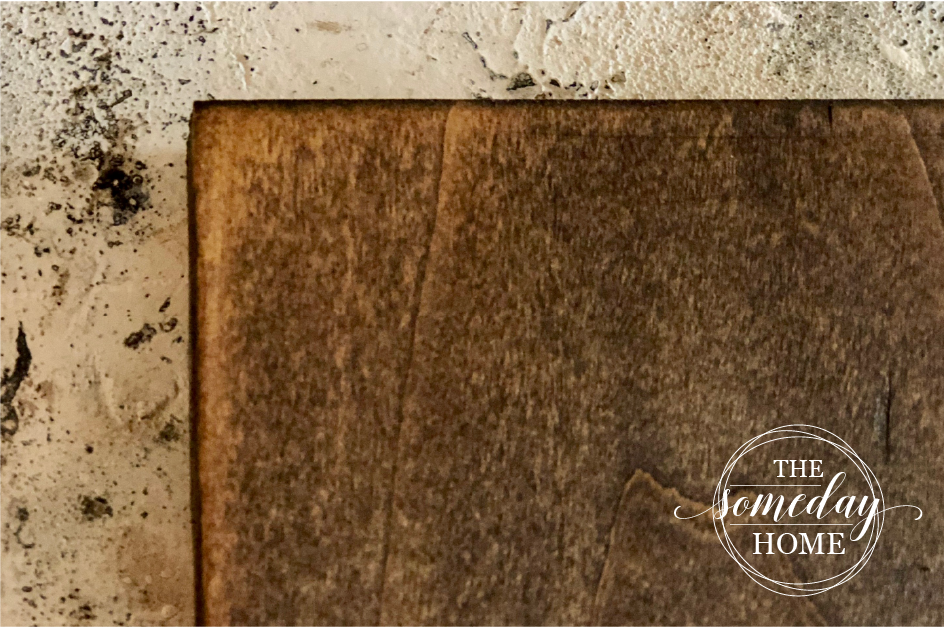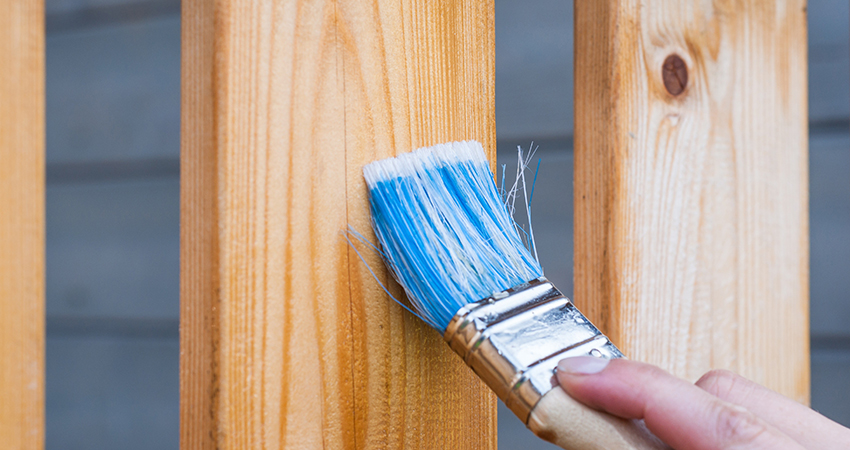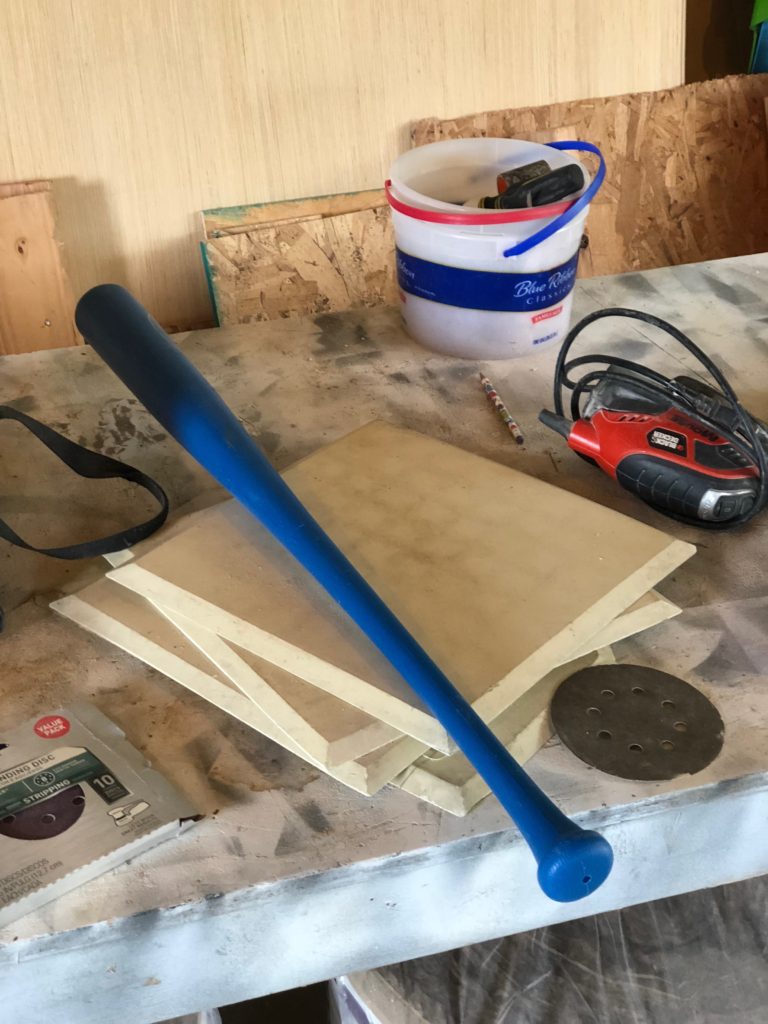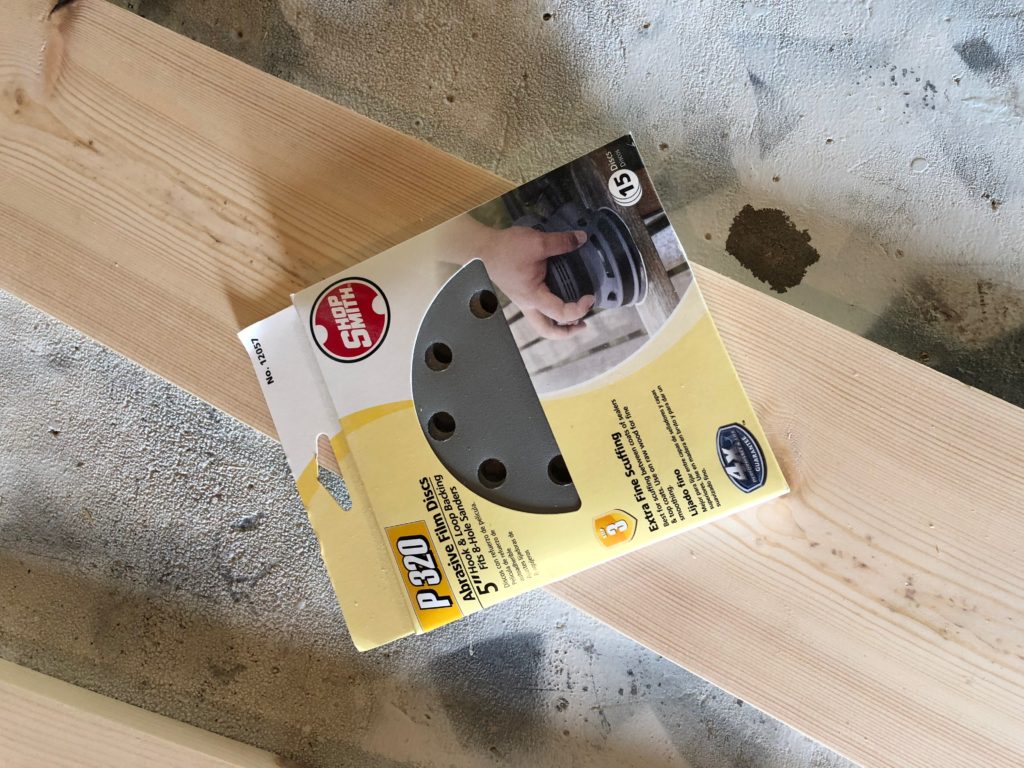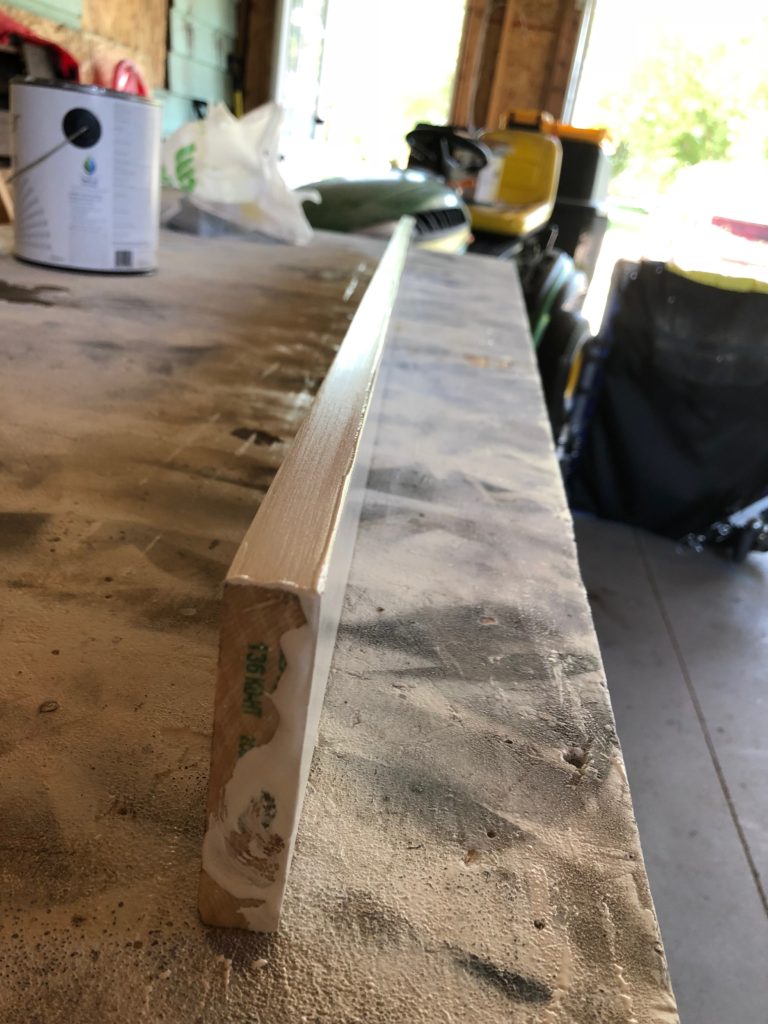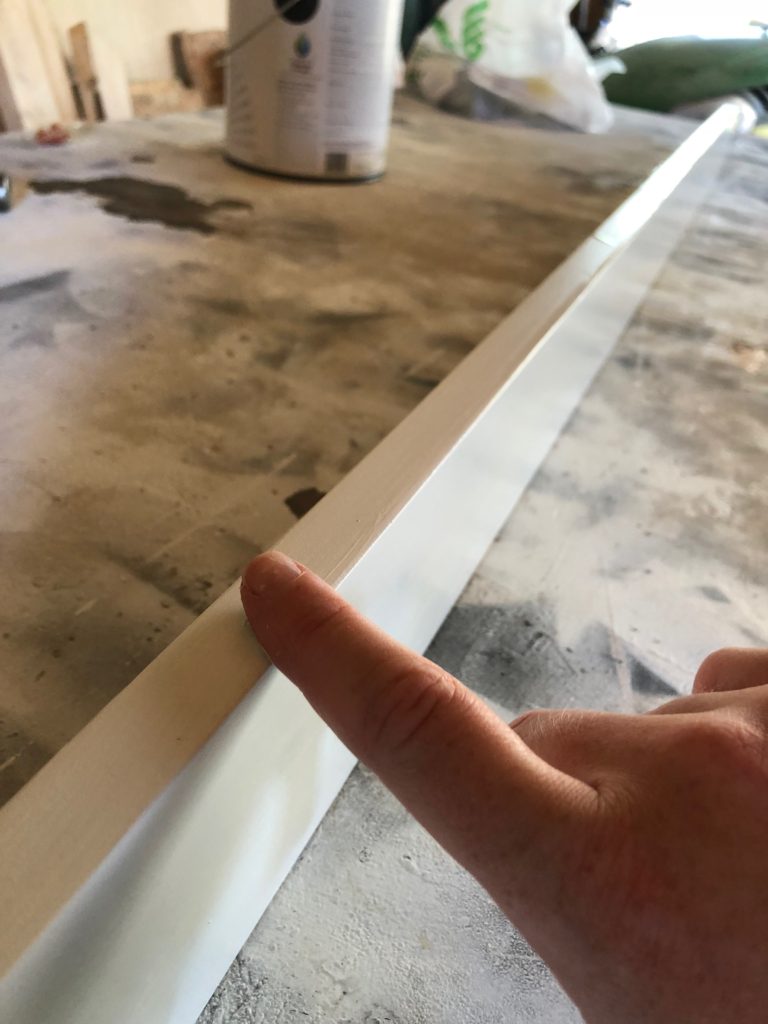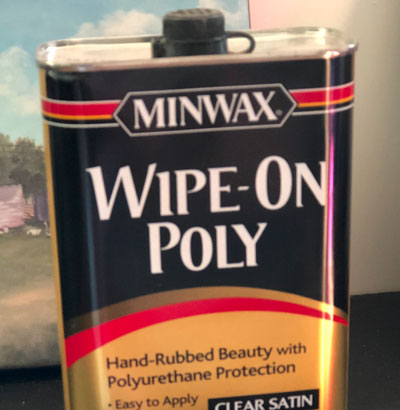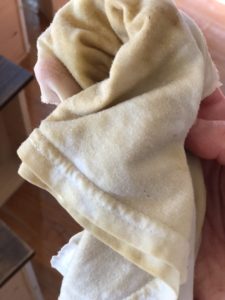If you’re a creative, you’re probably well-acquainted with this scenario: you see something beautiful online or in a store. You fall in love instantly and have the perfect spot for it in your home, so you put it in your cart. You walk around with it in your cart for 30 minutes (or you leave it in your online cart for a week, which is the online equivalent to 30 minutes in real shopping time) and ultimately decide to put it back, because you’re a crafty person and you can totally DIY that exact thing for a fraction of the cost.
Sound familiar? It’s okay, this is a safe space…
Please tell me I’m not the only one who is a chronic ‘why-buy-when-you-can-diy’-er. This is a compulsion that I finally came to recognize a few years back when I walked into my craft room to find a specific paintbrush and got lost in 5 years worth of good intentions and mason jars (oh, mason jars. Why do I have 50 when I can surely get by with ¼ of that?!). Since then, I’ve been working hard to fight the impulse to never buy a single thing and make everything I want on my own, but it hasn’t been an easy switch to flip in my mind. You see, the thing is, just because I can make it on my own doesn’t necessarily mean I should or that I have to.
As much as I love making things (with the exception of food… why the heck wasn’t I born with a love for cooking instead?!), the truth is there are simply not enough hours in a week for me to accomplish all of the DIY projects I’ve dreamt of completing. I’m at a point in my life where I can finally admit I’d rather simply have the item in a timely manner than have the pride of saying ‘I made that myself’ 5-6 months after the fact.
So, for that reason, I’ve come up with a handy little list to determine whether…
To Buy or DIY:
Buy it:
- DIYing would require learning an intensive new skill that I am either not excited to learn or unsure I would ever use again in the future.
- The cost of the materials is ¾ the cost of the finished item or more (believe it or not, this does happen!)
- Buying the finished item would mean supporting another maker or crafter.
- DIYing it would require high-level professional skills that I do not possess, such as plumbing or electrical.
- I really love it and I want it exactly as-is; there would be no need to alter it in any way.
- I have an immediate need for it in my home (ie: a dresser that your son desperately needs, that ends up taking you almost a year to complete).
DIY it:
- I’ve always wanted to learn how to ________, and this gives me the perfect excuse to finally do it!
- I don’t need it immediately.
- It is simple or is compiled of simple steps that one or two of the kids might like to help me with.
- The materials aren’t terribly expensive (therefore, if it gets messed up, I won’t be out too much money!).
- The pride of being able to say ‘I made this’ is worth the time and the effort.
- I can alter the original to better suit my needs/fit a certain space/increase the quality.
- The money I save would make my time worth it.
That’s my checklist. Honestly, 6 years ago I was a serial diy-er, and I lived with a lot of empty spots in my home; from stacked laundry (that dresser will get built someday!) to blank walls (I have the perfect idea for a piece of art, I just need the time to do it!!). I still have quite a few unfinished/unfurnished areas in my home and a DIY list that would make Martha Stewart roll her eyes, but I am working hard to embrace the simplicity of just buying items on occasion.
Over to you! Are you a chronic DIY-er? What projects do you have on your list that still aren’t finished? Don’t worry- this is a judgment-free zone! 😉

